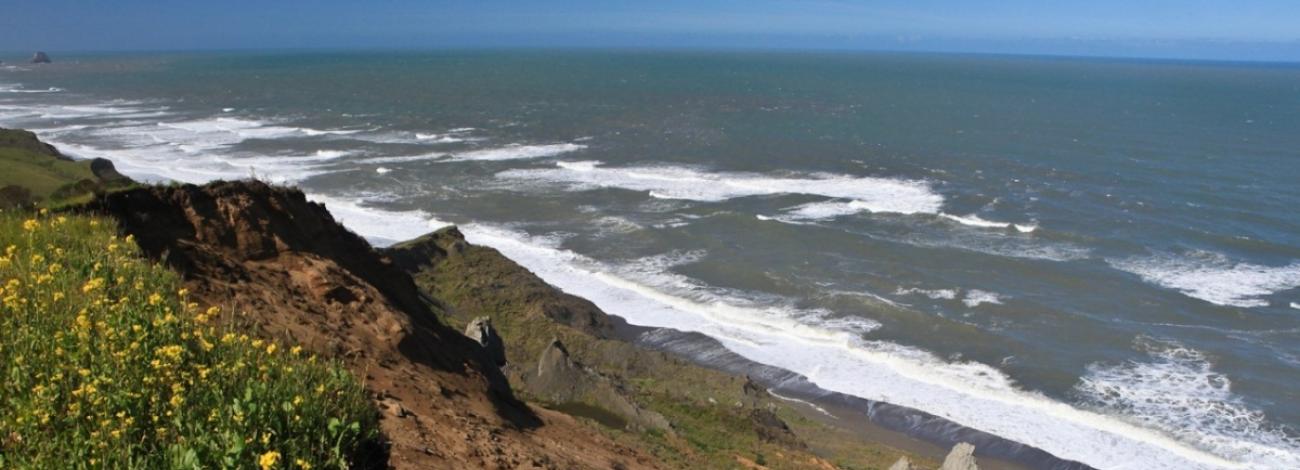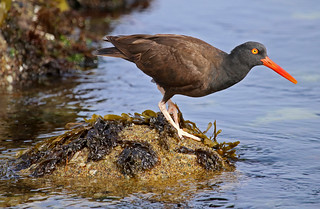
Know Before You Go
Things you need to know before visiting and planning for a visit to the California Coastal National Monument (CCNM)
- The best times to observe wildlife and enjoy the vivid colors of the CCNM landscape are early morning or late afternoon. Bring your camera and long lens, spotting scope, binoculars and a field notebook to view wildlife from a distance and record your experiences.
- Ensure the next visitor has a similar quality experience by not defacing or removing any animal, plant, rock or item from the CCNM. The only thing you can remove is fish, as recreational fishing from CCNM lands is allowed, but must be done consistent with the State of California recreational fishing regulations and locations.
- To have a safe visit and protect wildlife on the CCNM, please don't bring any fireworks, weapons, aircraft (motorized or non-motorized, drones), or start a fire as all of these are prohibited.
- Bring the family and friends for the day and spend time in the wide open space of the CCNM. The CCNM is open for day use only and camping is not allowed. Camping is allowed on our Partner's lands (CA State Parks) or at other private locations. All family pets (dogs, cats) are required to be leashed to reduce disturbance to wildlife and for the enjoyment of other visitors. Please clean-up after your pet.
- Prepare for a diversity of wildlife and habitat along the coast by bringing field guides or informational websites/apps for nature study. The changing seasons of sensitive vegetation and wildflowers are a joy to observe and study. Help protect CCNM's biologically diverse habitat by not climbing on rocks, cliffs or sink holes and staying to designated paths.
- The CCNM welcomes research, school activities and community events. We request that you contact us as research, organized recreational activities and events are allowed only through issuance of a special use permit and only when consistent with the resource protection purposes of the CCNM.
You Can Participate In Coastal Conservation!
As California's population grows and more people live and recreate along the coast, the potential to impact these fragile wild areas is greater than ever. The BLM teams up with coastal communities, the California Department of Fish and Wildlife, California State Parks, and many others to protect and study the rock and island ecosystems, furthering our understanding of how we can be responsible neighbors in this dynamic relationship with nature.
Some Simple But Meaningful Ways You Can Help
- Give Wildlife Some Space: As cute as they appear, wild animals are just that – wild and potentially dangerous. In addition, feeding or approaching wildlife might make them susceptible to stress, disease, predators or cause an animal to abandon their young.
- View from a distance: The rocks provide a refuge for wildlife sensitive to human presence. Keep binoculars close by to capture great views without disturbing wildlife and their habitat.
- Step Carefully and Don't Collect: When hiking or tidepooling, watch where you step! Don't crush sensitive plants or remove sea stars, crabs, or other creatures - each is important within a balanced ecosystem. Life in along the coast and in the intertidal zone is challenging enough!
- Leave No Trace: Help marine wildlife and habitats by keeping a clean environment by packing out what you bring. Trash attracts scavengers (ravens, gulls, raccoons, feral cats) and plastic debris in water looks a lot like the animals' food and can seriously harm them if ingested.

